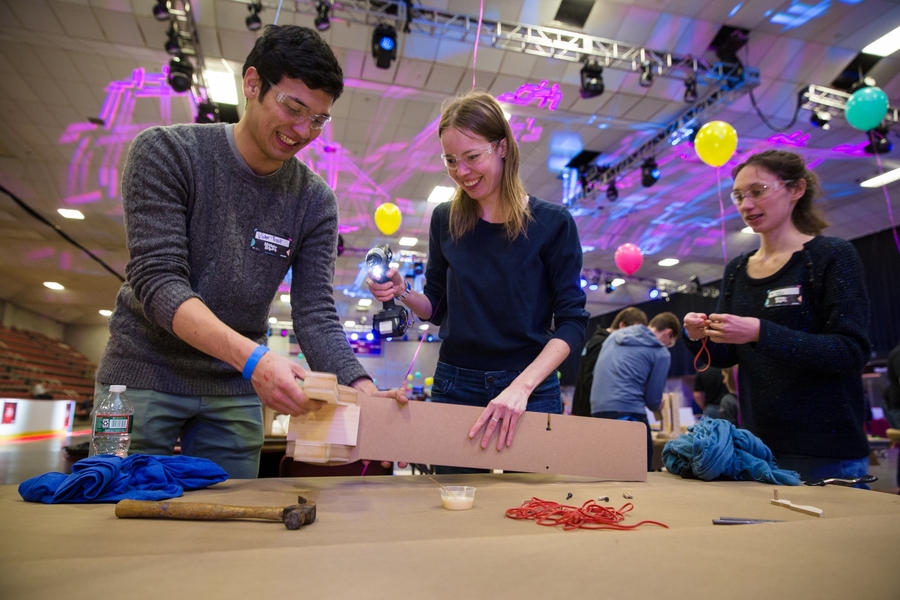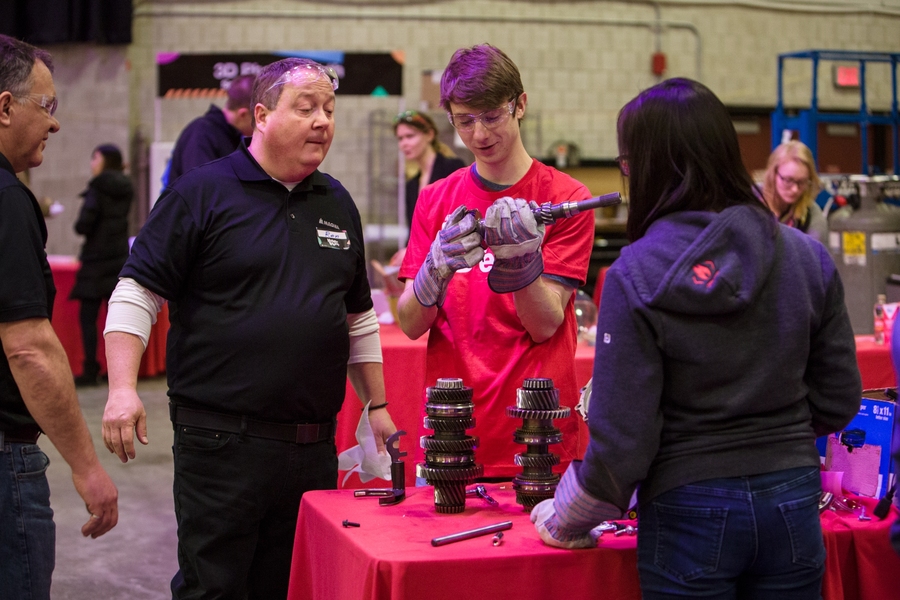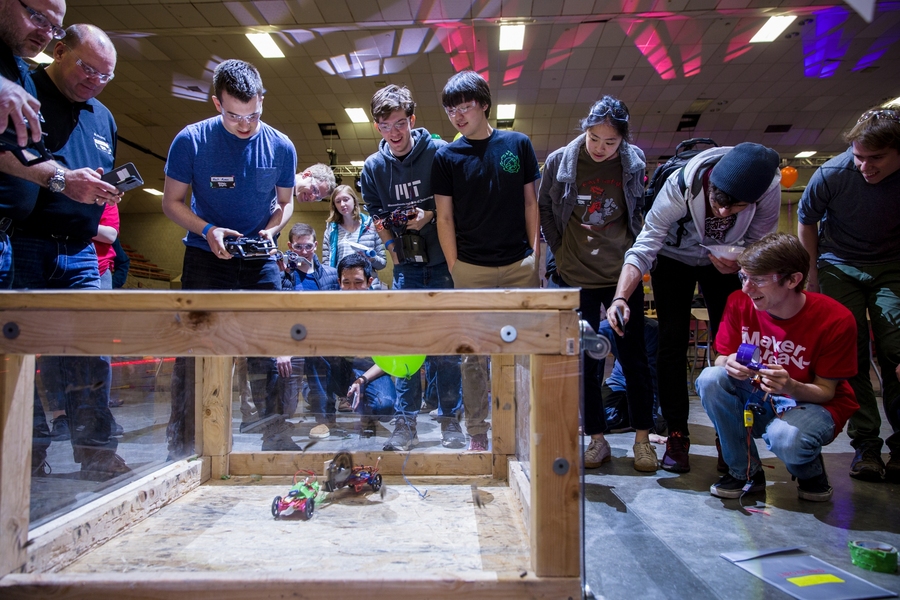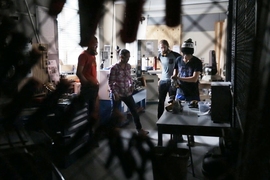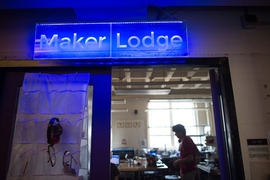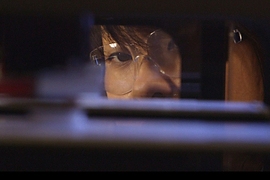The sharp sound of steel welding, the chilling taste of liquid nitrogen ice cream, and the colorful sight of paper airplanes flying through the air, are just some of the senses that were brought to life during Maker Break, the first annual celebration of making at MIT that took place on April 17 at Johnson Ice Rink.
Over 700 MIT students took a much needed break from their studies and tapped into their creative sides for a full afternoon of maker-based activities and competitions. Makers of all skill levels were encouraged to try their hands at any of the 18 making stations, including 3-D scanning, jewelry making, vinyl cutting, candle making, and origami.
Those curious about maker machines were given demonstrations of laser cutters and CNC mills that showcased additive and subtractive manufacturing. At the machine autopsy station, students were invited to take apart power tools, appliances, and a transmission donated by sponsor Magna International, to learn about their inner workings and how they are put together.
The makers also had the chance to engage in a number of friendly competitions with fellow students. Whether challenged to erect a catapult to get an egg to travel the farthest distance without breaking it, or build a remote control (RC) car in 90 minutes using a range of novel parts — from a radio and receiver to popsicle sticks and zip ties — for a race around the course in the fastest time possible while overcoming obstacles like the rumble zone and cone city, the competitors were required to be resourceful and inventive for the win.
Dan Dorsch, a mechanical engineering PhD candidate and the winner of the RC car tournament, appreciates the increasing presence of opportunities for makers on campus, especially ones that allow students to apply their skills in a fun and low-stress way. “I enjoyed getting involved in Maker Break and seeing other students experience the wide variety of activities. Events like this are a great way to bring makers together, and can lead to interesting collaborations on a variety of cool projects afterwards.”
The fun and imaginative spirit of making was clearly evident throughout the day and embraced by the MIT community. Participants were rewarded with lunch from a selection of food trucks, including Roxy’s Grilled Cheese, Tenoch Mexican, and Frozen Hoagies, and an appearance by MIT’s beloved mascot Tim the Beaver put a big smile on everyone’s face.
For Verena Hehl, a graduate student majoring in linguistics, the best part of Maker Break was the “opportunity to do something with your hands.” She adds, “It was really nice to have such a huge choice of materials like different beads and origami, something you just don’t have as an individual. I spent over three hours there and could have stayed longer!”
Organized by Project Manus — MIT’s initiative to upgrade makerspaces and foster maker communities — which ran focus groups and brainstorming sessions with students, shop managers, and administrators to plan the event, the idea for Maker Break was to broaden the scope of making beyond what is traditionally thought of as the purview of engineers and technicians.
“Making is about communities engaging in sewing, building theater sets, and creating jewelry as well as fabricating with 3-D printers, laser cutters, lathes, and other shop tools and equipment,” says Martin Culpepper, professor of mechanical engineering and MIT’s Maker Czar. “The emphasis on communities also highlights the importance of celebrating the process of making, not necessarily the end result.”
Based in the MIT Innovation Initiative, Project Manus also runs the popular Maker Lodge training program, where experienced student mentors train new students on how to safely use equipment found in makerspaces and introduce them to maker communities on campus.
Maker Break was generously sponsored by Magna International, the global automotive manufacturer and supplier.
